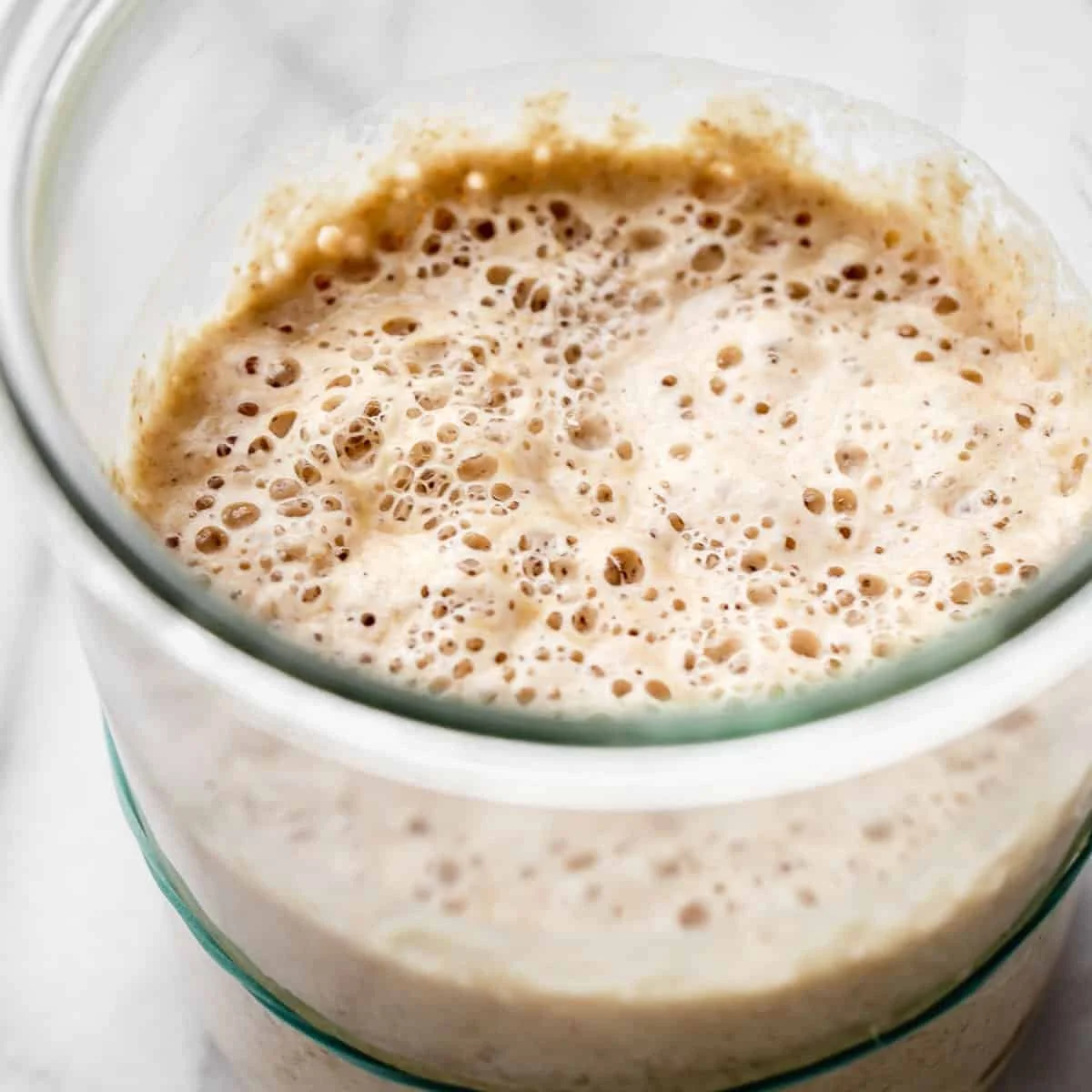Can You Really Make Pizza at Home Taste Like a Pizzeria? Yes — Here’s How
I once studied pizza making at a well-known pizzeria. Their brand chef told me something that stuck: “You’ll never make pizza at home like we do in a restaurant.”
I did not beleive him (LOL). Some people still think that without a wood-fired oven and restaurant-grade tools, their homemade pizza would always taste “different.”
But it’s not true! With the right process, your homemade pizza dough can taste just as good — sometimes even better — than a restaurant pie.
The Long Fermentation Secret
A lot of homemade pizza dough recipes say “ferment 3–6 hours” or maybe “overnight.” That’s not enough.
I usually ferment my dough for 24–48 hours in the fridge. The difference is huge.
At 24 hours, the homemade pizza crust is good.
At 48 hours, the flavor feels deeper, more complex, more layered.
The crust develops subtle tang and aroma you simply don’t get from a short fermentation. If you want the best homemade pizza, start here.
Better Ingredients at Home
Many restaurants don’t actually use the best ingredients for pizza.
In fact, I’ve seen pizzerias rely on the cheapest cheese — the kind that barely stretches — and tomatoes that taste like plastic. Why? Because they buy in bulk.
You can choose better at home or even grow your own vegetables.
Tomatoes with real flavor.
Cheese that melts and stretches.
Quality flour that supports any hydration.
This is why your homemade pizza can sometimes taste fresher than what you get at a restaurant.
Flavor Pairings That Change Everything
Once, I ordered a mushroom truffle pizza at a restaurant. The flavor was insane — deep, rich, way beyond anything I’d ever made at home.
Later, I discovered their secret: a powder made from wild mushrooms, blended into a creamy base. That tiny detail transformed the flavor completely.
I tried the same idea at home — and it worked. Suddenly, my mushroom pizza tasted “restaurant-level.”
If you want to explore this world, there’s a book called The Flavor Bible. It maps which ingredients for homemade pizza (and not only pizza) go well together. I use it when I want to go beyond “cheese + tomato” and create something more balanced and creative.
that mushrooms pizza
my homemade babies
the book :)
Why Sourdough Elevates Pizza
Another way to get that restaurant depth is to use a sourdough starter. You can use it together with yeast.
Starter is just flour and water — live yeast and bacteria that grow naturally. It gives dough a more complex flavor, sometimes with a light tang. Plus, it’s gut-friendly.
I don’t always bake with sourdough, but when I do, the difference is clear. The crust tastes fuller, more alive.
The Foundation: Flour, Water, Heat
Of course, all of this rests on the basics:
Strong flour (00 or bread flour).
Enough water (hydration around 65-80%).
Real heat — a pizza steel, stone, or heavy pan.
And yes, temperature for homemade pizza matters too. Preheating your oven fully and baking on a hot surface makes the bottom crisp instead of pale.
Conclusion: Yes, You Can Make Pizza at Home Like a Pizzeria
So let’s break the myth. You don’t need a restaurant kitchen to make pizzeria-quality pizza.
What you do need:
Long fermentation.
Better ingredients for homemade pizza.
Smarter flavor pairings.
Maybe a sourdough starter.
And a solid foundation of flour, water, and heat.
It’s about process, not recipes.
And if you want to go deeper — to learn fermentation, dough, and how to bake the best homemade pizza — I run an online pizza workshop. You can sign up here and bring pizzeria-style pizza into your kitchen.







